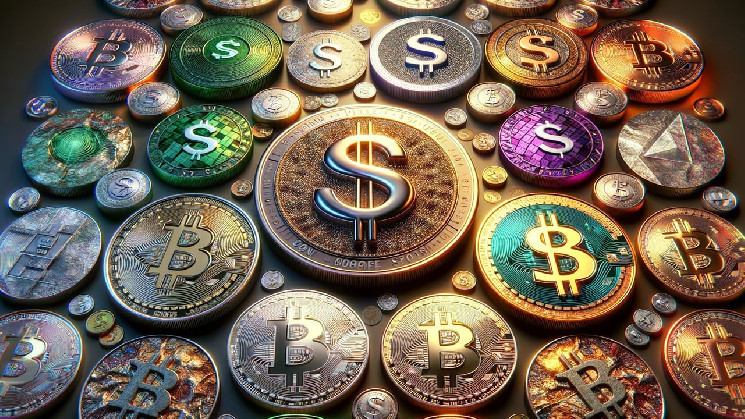
Around 70% to 80% of transactions in the crypto secondary market transactions occur between crypto assets and stablecoins. The South Korean government’s welcoming stance, coupled with the high popularity of crypto assets in the country, are among the reasons why the won is now the second most-used fiat currency.
Decline in 2021/2 Crypto-to-Stablecoin Volumes
According to the latest analysis by the European Securities and Markets Authority (ESMA) of the crypto asset market structure, approximately 70% to 80% of secondary market transactions occur between crypto assets and stablecoins, with no involvement or use of fiat currencies.
While this is often the case, the ESMA report suggests that during periods of strong growth, transactions between crypto and stablecoin frequently give way to crypto-to-crypto transactions. The report supports this theory by pointing to the surge in crypto-to-crypto volumes and a decline in crypto-to-stablecoin volumes in 2020 and 2021. A similar trend was observed in the second half of 2023.
Conversely, the ESMA report indicates that the growth of crypto transactions involving fiat may suggest either “an increased appetite or flight-to-safety behaviour when cashing out.” While the U.S. dollar is unsurprisingly the most favoured fiat currency, the ESMA’s analysis also determined that the usage of the South Korean won had grown significantly.
MiCA Fails to Boost Euro-to-Crypto Volumes
The welcoming stance of the South Korean government and the high popularity of crypto assets are some of the reasons that explain won’s rise. In contrast, the share of the European Union (EU) currency remains insignificant despite the announcement of the Markets in Crypto Assets Regulation (MiCA).
“The euro plays only a minor role, with a relatively stable share of around 10%. The announcement of the MiCA regulation has not caused an increase in euro volumes at the current juncture but could constitute a potential growth driver once implemented in 2024, as it is intended to enhance investor protection,” the ESMA report said.
Turning to the dominance of centralized exchanges, the ESMA report noted that the top 10 exchanges account for approximately 90% of the total trading volume. Binance alone recorded a trading volume of USD 3.7 trillion, representing 49% of the market share. However, despite accounting for nearly half of the market share, Binance’s trading volumes have been on the decline since 2022, the report added.
What are your thoughts on this story? Let us know what you think in the comments section below.

